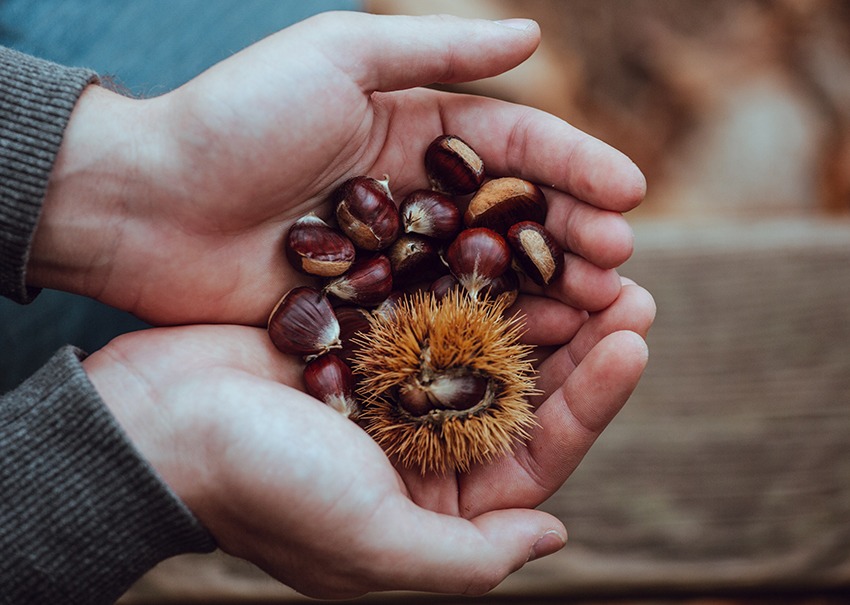There are several species of chestnuts and they are categorized by region.

The best known are the American, Chinese, Japanese and European groups.
The American chestnut once numbered four billion (or roughly one tree out of every four in eastern forests). There was a 100 ft. towering tree that stood near Waynesville, North Carolina measured 17 feet across. Due to a blight that arrived from Asia (probably China) in the early twentieth century, nearly all American chestnuts (Castanea dentata) were wiped out. By the 1950s the chestnut’s expansive range, which once stretched north from Maine to Georgia in the south, and bulged east from the Chesapeake Bay to the Ohio Valley in the west, was decimated. As a result, the U.S. currently imports most of its chestnuts from the Mediterranean and Asian regions. When roasted, chestnuts are a favorite snack food and an important ingredient in recipes for stuffings and puddings. In Korea, the chestnut is prized in the diet as much as the potato is in the United States.
